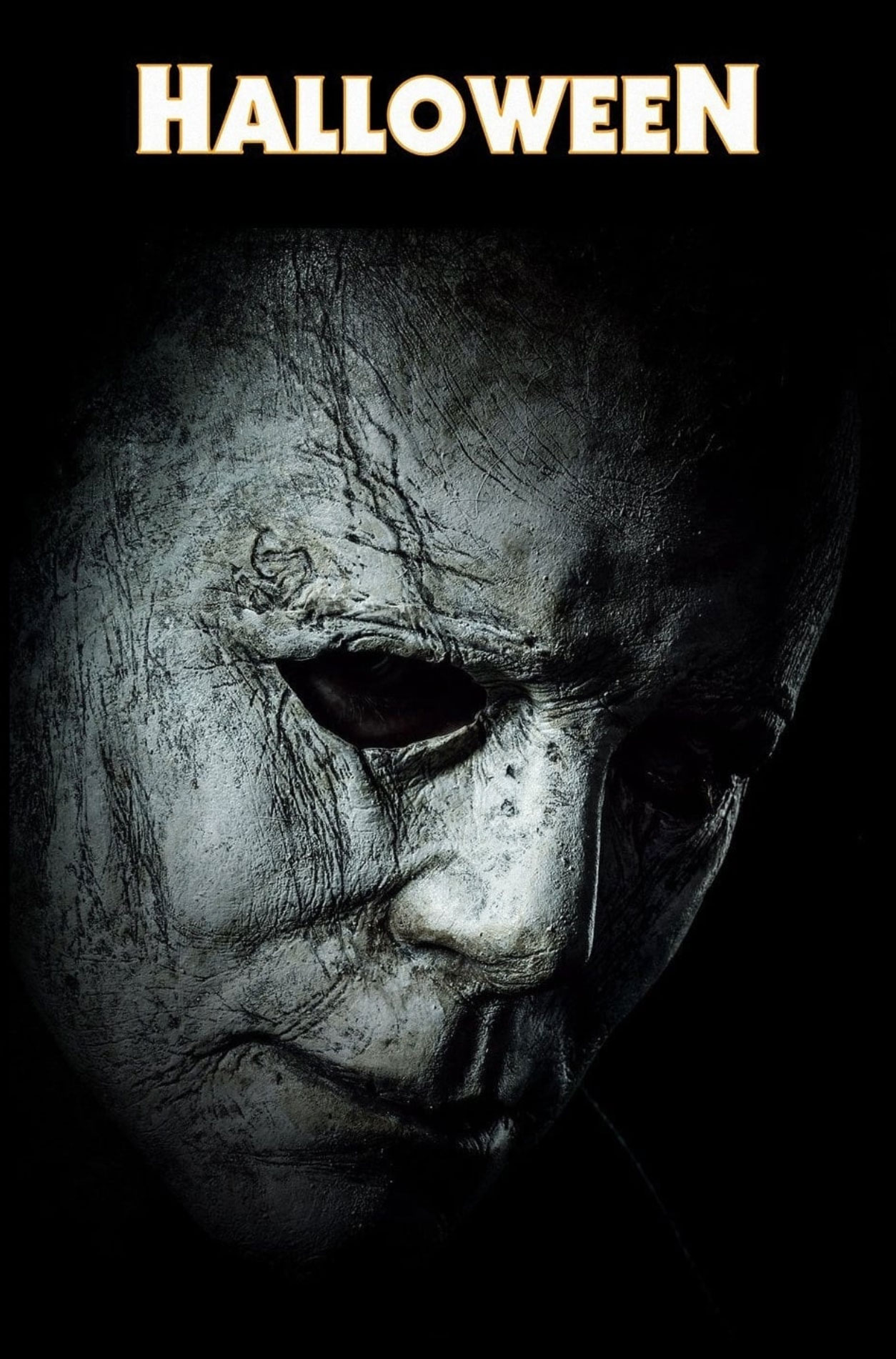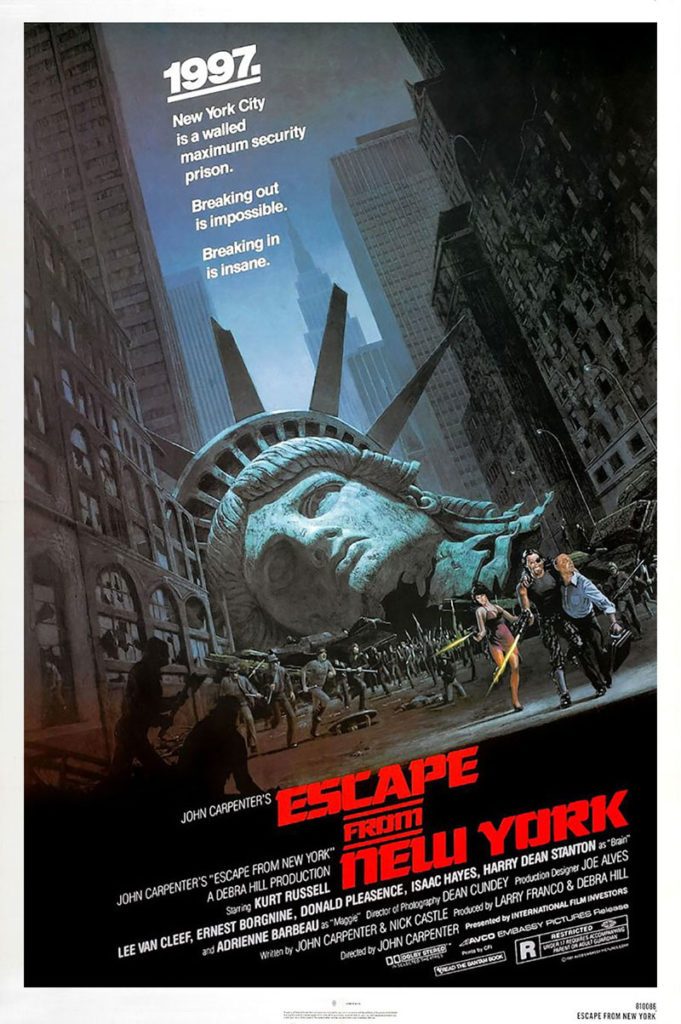 Forget everything one might know about the lore of the Halloween franchise. Forget the events of Halloween II, wherein it is revealed that series icon Laurie Strode is series bad guy Michael Myer’s sister. Forget that Jamie Lloyd, the child protagonist of a number of the sequels, is Laurie Strode’s daughter. Forget that Jamie Lloyd was retconned and Laurie Strode had an entirely different family in Halloween H20. Forget that Laurie Strode was killed off in the next film. And for goodness sake, forget everything about the ‘man in black’ subplots. Then, forget the Rob Zombie remakes. Forget it all, because the people behind the Halloween franchise have thrown everything out but the first film. It’s a retcon on a grand scale, erasing 39 years of bad movies so the original Halloween, John Carpenter’s master slasher flick, could get a proper sequel.
Forget everything one might know about the lore of the Halloween franchise. Forget the events of Halloween II, wherein it is revealed that series icon Laurie Strode is series bad guy Michael Myer’s sister. Forget that Jamie Lloyd, the child protagonist of a number of the sequels, is Laurie Strode’s daughter. Forget that Jamie Lloyd was retconned and Laurie Strode had an entirely different family in Halloween H20. Forget that Laurie Strode was killed off in the next film. And for goodness sake, forget everything about the ‘man in black’ subplots. Then, forget the Rob Zombie remakes. Forget it all, because the people behind the Halloween franchise have thrown everything out but the first film. It’s a retcon on a grand scale, erasing 39 years of bad movies so the original Halloween, John Carpenter’s master slasher flick, could get a proper sequel.
It’s forty years to the day since the tragic events depicted in Halloween. The murders of so many of her friends, and her narrow escape from Michael Myers, has left Laurie Strode (Jamie Lee Curtis) something of a shattered person. Her adult life has been dominated by a combination of PTSD, paranoia, and doomsday prepping. Somewhere in there she managed to have a daughter, Karen (Judy Greer), who has a daughter of her own, Allyson (Andi Matichak). Karen and Allyson aren’t exactly estranged from Laurie, but there is a lot of tension. Continue reading “Halloween (2018)”

 Back before the great wave of gentrification began to hit American cities in the mid-1990s, there was the 1980s, an era when the distressed environment of the cities bottomed out. Long decades of neglect, strained local budgets, and rising crime left our cities veritable war zones. The inner cities were voids of hopelessness, abject poverty, and filth. Even affluent neighborhoods were just dangerous enough to breed well-heeled residents with canny street smarts, always looking over their shoulders for the dark figure hiding behind a tree or in an alley. This kind of palpable fear of urban environments is contagious, and it entered into our lore. We could envision no bright future for the American city because we had seen decay extend its grip for so long. Today’s cities have not fully recovered, and they remain always on the brink, ready to slide back as soon as people’s cares turn elsewhere, but it’s hard to picture just how bad things got unless one were a witness.
Back before the great wave of gentrification began to hit American cities in the mid-1990s, there was the 1980s, an era when the distressed environment of the cities bottomed out. Long decades of neglect, strained local budgets, and rising crime left our cities veritable war zones. The inner cities were voids of hopelessness, abject poverty, and filth. Even affluent neighborhoods were just dangerous enough to breed well-heeled residents with canny street smarts, always looking over their shoulders for the dark figure hiding behind a tree or in an alley. This kind of palpable fear of urban environments is contagious, and it entered into our lore. We could envision no bright future for the American city because we had seen decay extend its grip for so long. Today’s cities have not fully recovered, and they remain always on the brink, ready to slide back as soon as people’s cares turn elsewhere, but it’s hard to picture just how bad things got unless one were a witness.